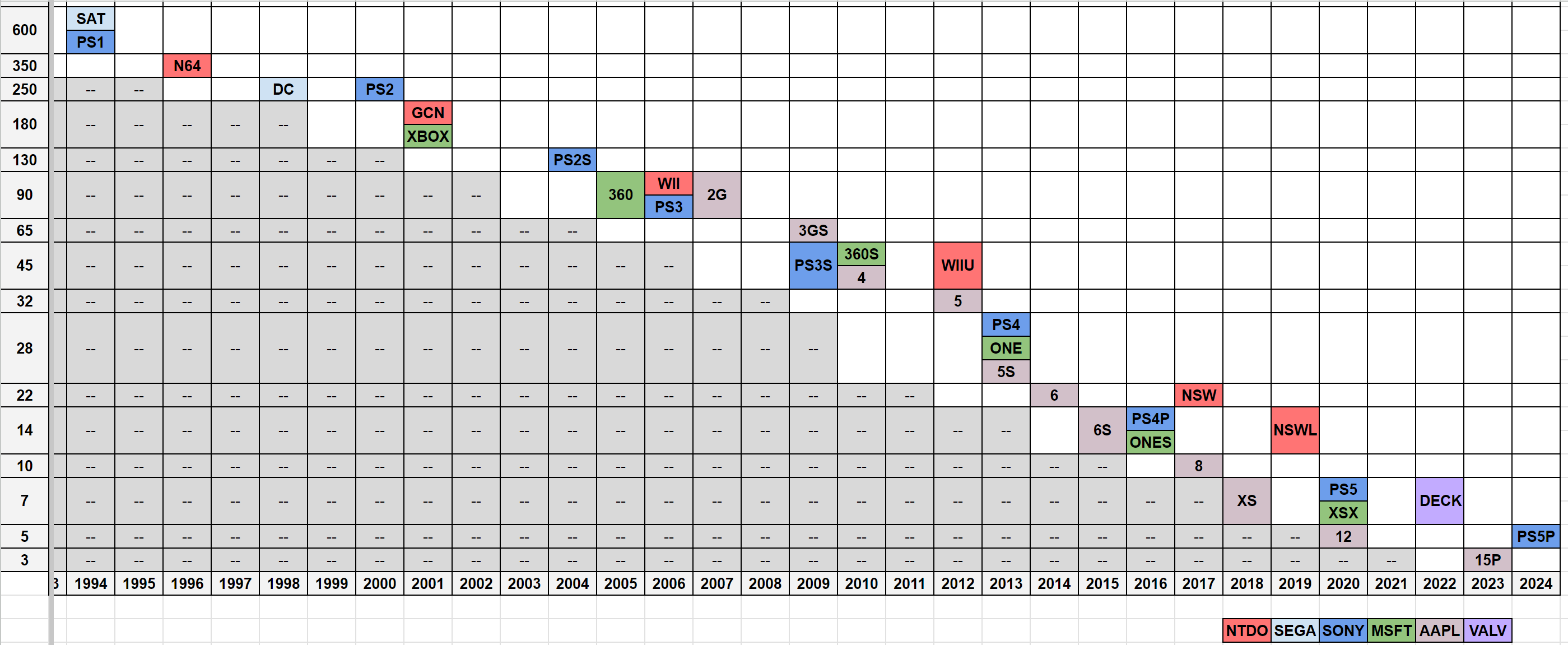| haxxiy said: True, but that would mean Nintendo went for a node that even the PS5 Pro didn't for cost reasons. According to the leaked PCB the die size is around 200 mm², which seems too large for N5/N4 (but also a bit on the too-small side for 8N). Also, keep in mind that ray-tracing is very CPU and bandwidth-heavy. The advantage will be large for the Series S here, even vs. docked + the best possible clocks for the Switch 2 (not my conclusion, that's from Digital Foundry). The increased memory capacity doesn't mean much if all of it is less than half as fast. |
Well the PS5 was on 6nm, a process node that actually saved Sony money when they moved to it from the original PS5 SKU. 4/5 nm actually are slightly cheaper than 8nm because of the higher yields, although probably also slightly more expensive than 6nm. But regardless, I think there is more incentive to go for a more efficient node when building a handheld/console hybrid because you want to get decent performance at low (sub-10) wattages for battery life, and your room for cooling is limited.
As for the exercise of predicting die-size from the pin layout, I think there is still a bit of uncertainty even there. The twitter poster themselves switched from thinking <8nm, to sure it is 8nm, to indecisive.
I expect more Switch 2 games to have support for RT than Series S games, although the Switch is going to target much lower effective resolutions and reduced geometry when making comparisons between games with RT on both platforms.
We've seen memory capacity act as a much larger bottleneck for titles in the last few years than memory bandwidth. When keeping TGP equal, you can do an experiment where you compare how an RTX 3050 (mobile) 6GB (168 GB/s) compares to an RTX 3050ti (mobile) 4GB (192 GB/s) versus an RTX 3050ti 4GB (mobile) and an RTX 2050 mobile (112 GB/s) to see that in more games the RTX 3050 6GB has a bigger performance gap than the 3050ti and the 2050. When capacity becomes a bottleneck, it really becomes a bottleneck whereas you can make some relatively hidden tweaks (to image quality) to make up for the bandwidth bottleneck.
Despite the prior having only 60% of the memory bandwidth of the latter, the RTX 2050 and 3050 (4GB) are within 2% of each-other in terms of performance at 1080p.




















































